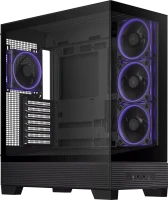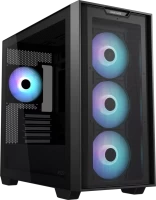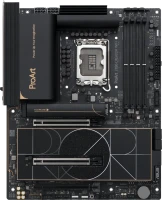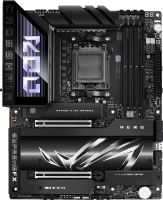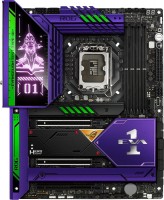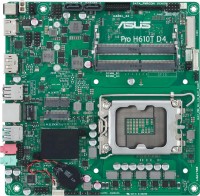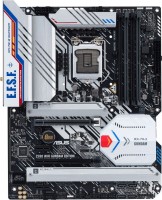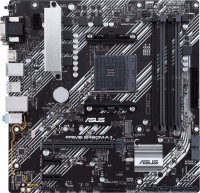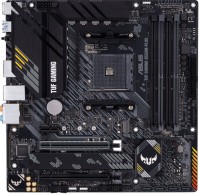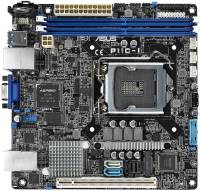Motherboards Asus series BTF (Back to Future)
prices on 1 modelAsus BTF (Back to Future)
With the growing popularity of transparent and translucent computer cases, many builders are faced with a non-trivial problem: what is the best way to hide excess cables to avoid a chaotic accumulation of wires that can ruin the overall appearance? As a result, by the end of 2023, many brands announced new product lines with hidden power cables. Asus went further by launching a whole program of collaborations with Thermaltake, Silverstone, Lian Li, Jonsbo, XPG, Corsair and other component manufacturers.
The main feature of the Back to Future components is that all the main power connectors and ports for connecting peripheral devices are located on the back of the motherboard. This approach allows for better organization of cable routing inside the computer. Unlike MSI with its similar Project Zero project, Asus takes existing solutions from its most popular product lines as a basis.
 |
Next on the list are more affordable and popular TUF components in the Back to Future version, which, if desired, can also be divided into 2 groups. The top TUF models are based on top-end system logic a la Z790 and seem to be slightly simplified variations of ROG Maximus boards. The second category includes the more familiar mid-class TUF boards with B760-level chipsets, created for more budget-conscious gamers who are not willing to pay an extra thousand dollars for beauty.



